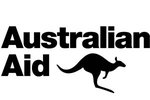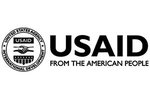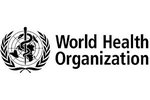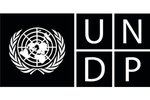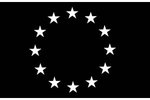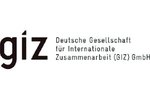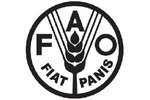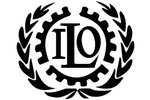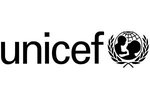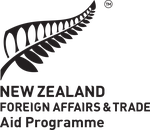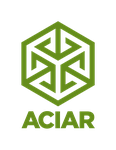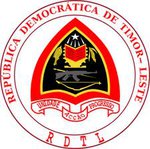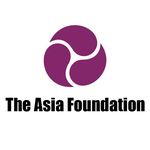Our 2018 in numbers
Hello, new year! Here are some wins in health, education and more.
Wow, 2018 escalated quickly. We signed new projects, broadened the reach of existing ones, did a great deal of design research, developed new technologies, nearly doubled the size of our team, and even welcomed new babies into the growing Catalpa family.
As we plan for the next year, we want to celebrate a few things that happened over the last year with the help of our partners and the amazing people we work with.
In 2018, we saw…
9,228 birth notifications via the Liga Inan program — and of those babies, 70% were delivered with a skilled birth attendant at a clinic or hospital
7,997 classroom observations conducted via the Eskola platform to help improve school performance
568 doctors and midwives trained in using the Liga Inan app to monitor births and contact patients
306 families registered in the Hamutuk multi-sector nutrition program
162 teachers’ peer group meetings coordinated via Eskola, enabling them to discuss strategies to help students learn
37 organisations added to Mohinga (Myanmar’s aid transparency platform) — it now has 539 organisations overall, and is monitoring 2236 development activities across the country
34 teacher interviews held with 16 teachers across 9 different schools in Dili and Liquica to build Matenek, a mobile app for teachers
21 partners engaged via the Hamutuk program, and two new digital features — calendar and chat — developed to improve their ability to communicate
3 new municipalities where we launched the Liga Inan mHealth program in Timor-Leste (that makes 12 out of 13 municipalities!)
3 international conferences where we shared our work: the International Social and Behavioural Change (SBCC) Summit in Indonesia, PyCon in Australia to talk about Python and multilingual apps, and the Oceania Comparative and International Education Society (OCIES) conference in New Zealand
2 new health projects: CAR, which registers issues reported by patients and health staff, and Ambulansia, which logs emergency situations so the right services can be dispatched
2 new education projects, Matenek in Timor-Leste to improve teacher confidence and skills, and My-EQIP in Myanmar to improve education governance
1 ecosystem monitoring project launched in Papua New Guinea (PNG), and
1 app launched to help people respond to violence against women, called ‘Hamahon’ or ‘shelter’.
Other stuff happened too, but we wanted to keep it brief. You know how it is. So, onto the big question…
Where to from here?
We’ve got a lot to work on this year, from researching cultural contexts for new projects to exploring more of what our 3D printer can do (last year we tested it by printing clitorides for sexual health education — more on that later!).
We’re looking forward to seeing the Matenek app in the hands of teachers, and evaluating how it can help them work better for kids.
We’re in the process of piloting a new extension of Liga Inan aimed at engaging Timorese fathers in maternal and child health, and we’ll be learning and adapting as we begin sharing messages to prompt men to be involved.
Internally, we’re also working on identifying the best ways we can work as an organisation, and making sure we’re pursuing the right kind of change with partners and communities. That includes building a diverse team and implementing the right strategies to support our people.
The goal of everything? To improve people’s lives by designing a more equitable world where people can make more informed decisions.
Let’s do this!
. . . . . .
We’d like to take a moment to acknowledge the donors and government partners who help make these projects possible: Australian Aid (including via innovationXchange), GIZ, UNDP and the governments of Timor-Leste, Myanmar and PNG. Thank you, from the bottom of our hearts!
. . . . . .
Shall we be friends? You can follow us on Twitter and subscribe to our newsletter. We share some cool stuff (if we may say so ourselves) in global development, design and technology.
